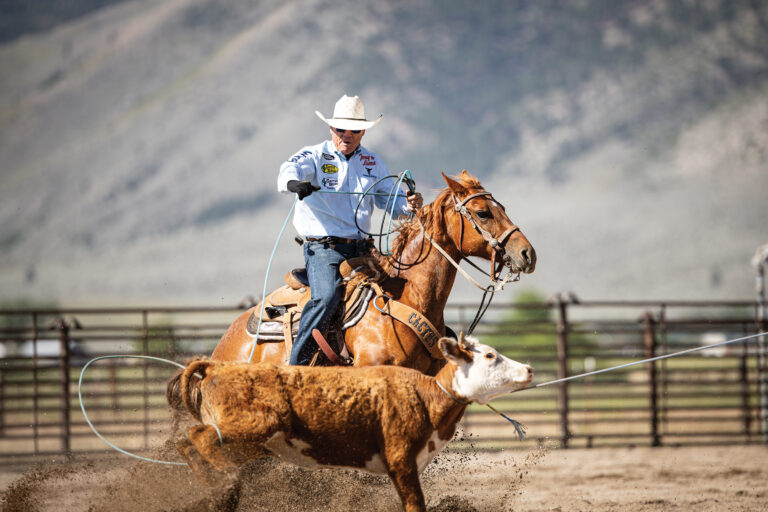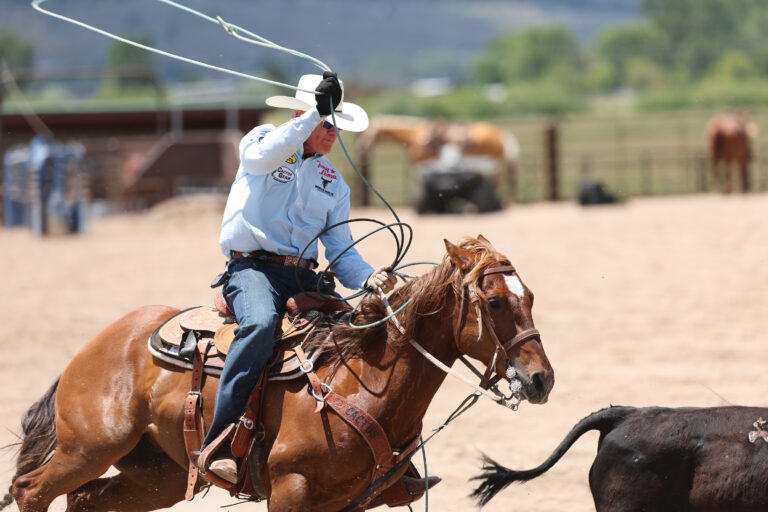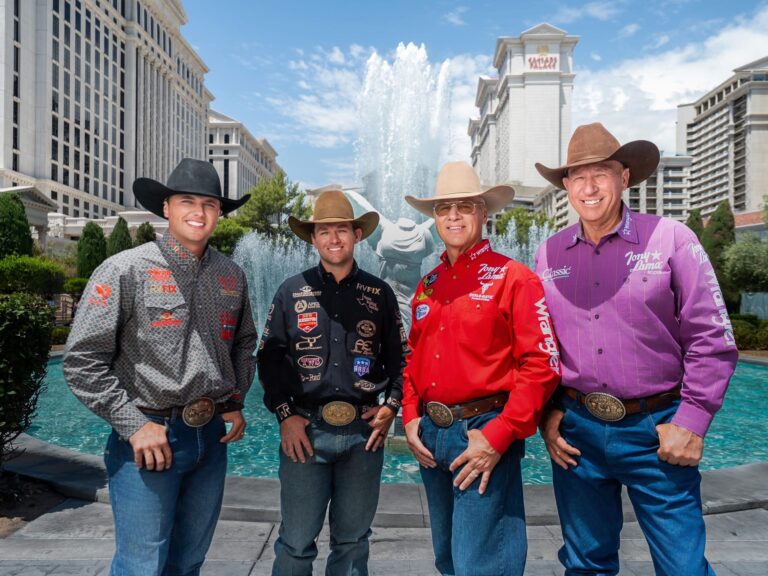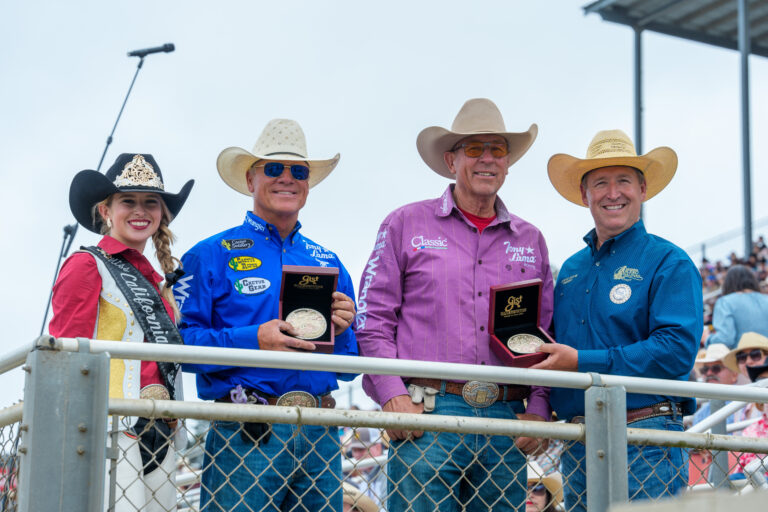Dallying is such a critical part of heading and heelingespecially heeling. Your odds of having a dallying-related accident are probably greater when youre heeling vs. heading. Thats because your horse is stopping and all the weight of that steer is still moving away from you. As youre going to the horn, the rope is starting to run away from you and is taking rope away from you. You need to do things right at that moment and have a good pattern of doing the right thing at that critical point in a run to ensure safety.
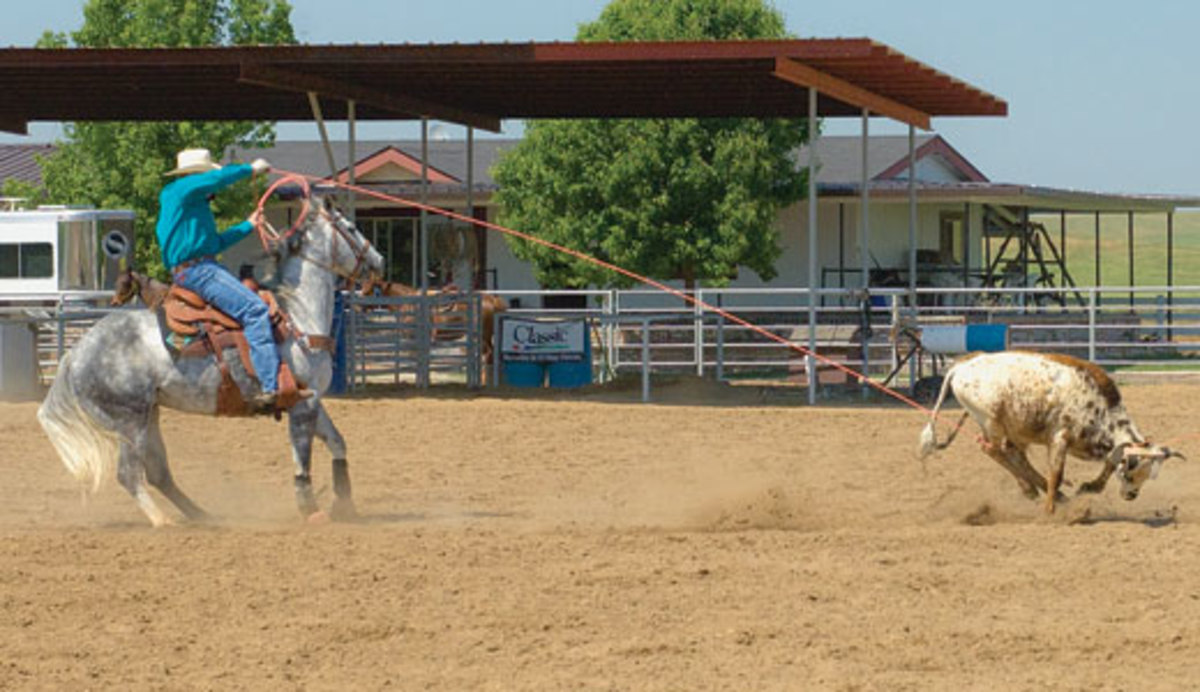
When I’m putting on schools, one of the main safety-related areas I watch out for is when the heelers go to dally. I really watch how they do things and work to keep them safe. The worst mistake I see people make is when they try to get in a hurry. They panic when they see they’ve roped the steer, and know their next move is to dally. They’re apprehensive and fearful of the dally in the first place, because it causes them to panic and scramble when the rope starts to run. That causes more mistakes and accidents than anything.
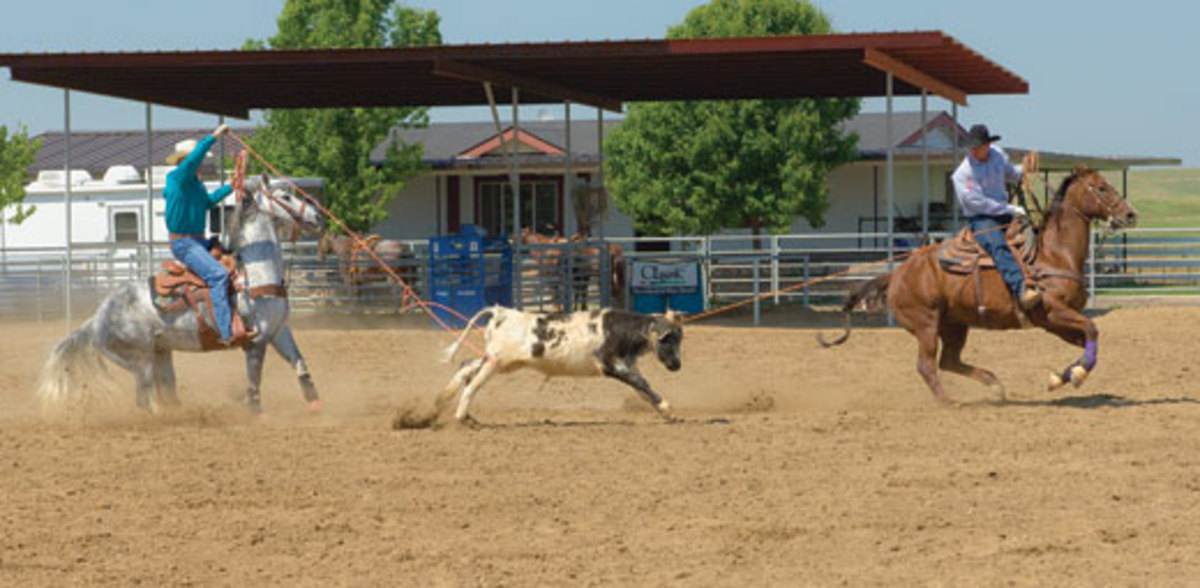
What I teach people to do is bring their slack up, learn to let the rope slide through their hand and move slowly through the dallying process. They need to learn to manage how the coils come out of their left hand one at a time. It really doesn’t matter how many times you lose your rope in the practice pen. What matters is that you start not to be fearful of dallying. Learning to manage your rope as it’s coming through your hand, and going to the horn slowly, teaches you to dally without so much fear and you can start to develop a good working pattern for getting your dally properly and safely.
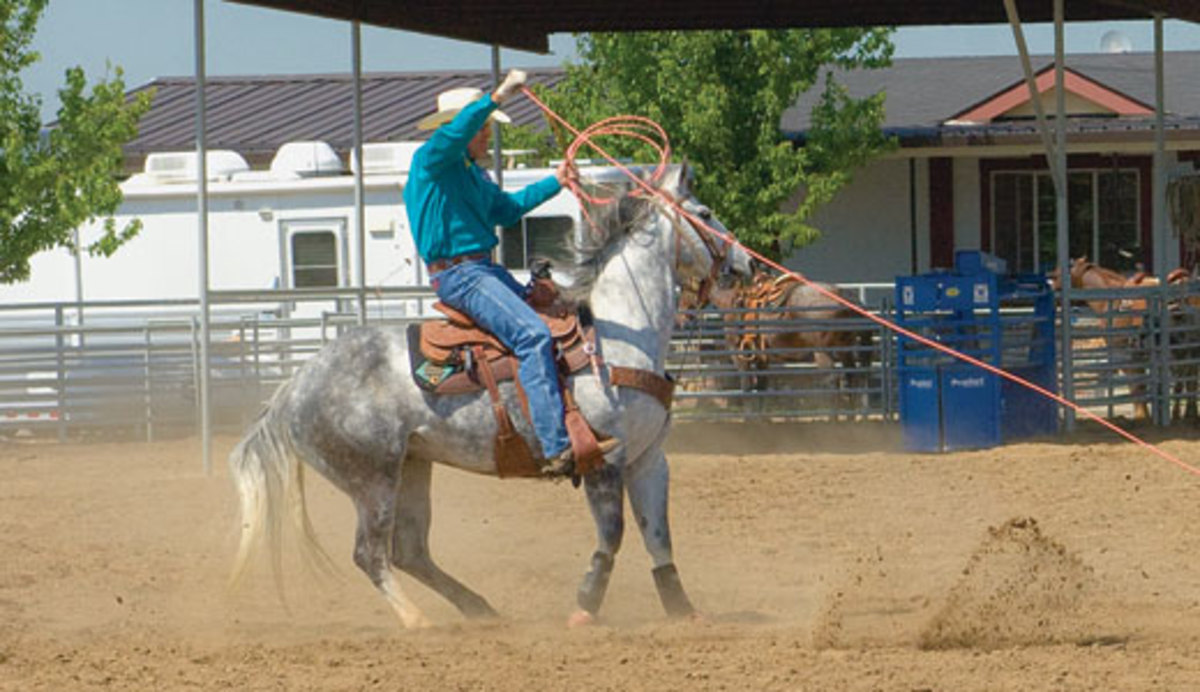
Another problem I see a lot is that ropers have the misconception that they have to lift their slack really high. In doing so, they pull that first coil out of their left hand, which leaves too much room between their left and right hands. Then they hurry down to the horn and that extra slack between their hands can actually end up on the wrong side of the horn. So they’re dallying over the top of that rope that’s on the wrong side. You don’t want to lift your slack so high that you have to pull a coil out. Lift your left and right hands up a little bit, basically the same height, then as you come down to the horn with your right hand, your left hand is up away from the saddle horn and the right hand is coming down to the horn. There’s less rope between your two hands and you can dally in a safe position, with everything in the right place.
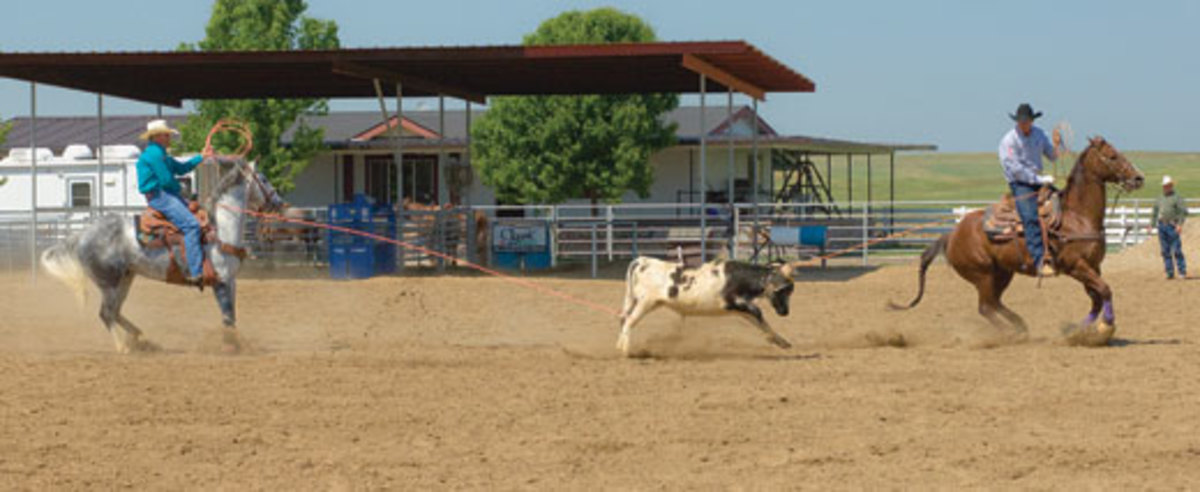
The next thing I see people do is get the coils in their left hand too close to the saddle horn. They basically have a big wad and a mess, and they don’t really have control over where all the parts of the rope are. It’s like a big spaghetti bowl, and you don’t know where everything is, which is obviously dangerous. It’s important to keep your coils up away from your horn, so you keep the dally horn clear for your dally.
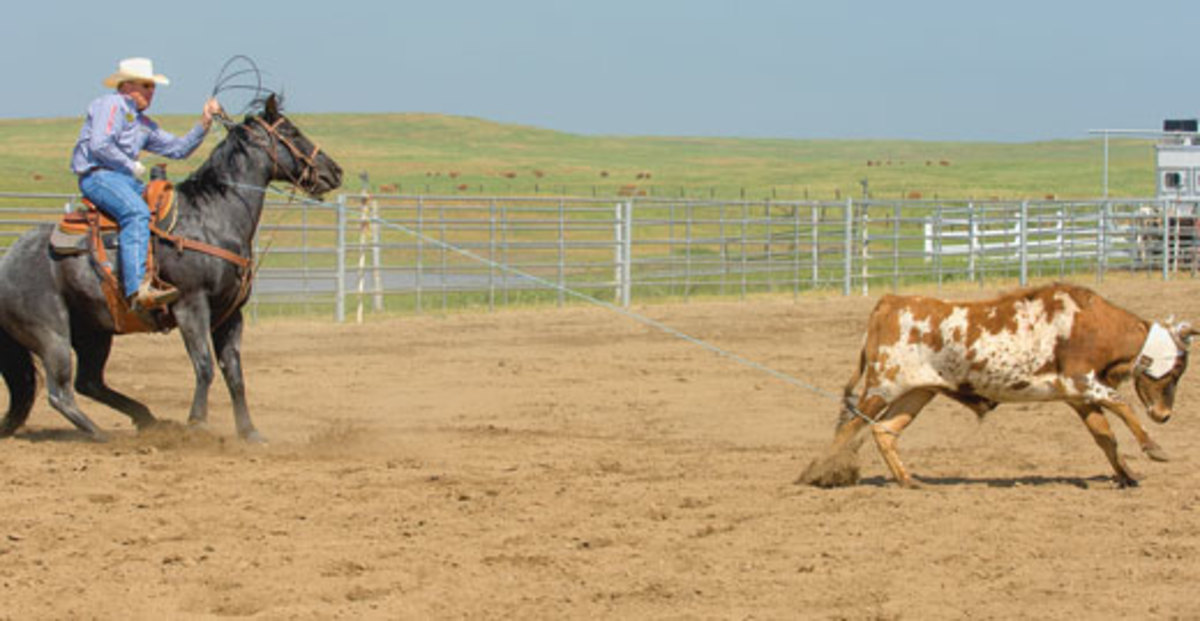
A lot of times I’ll use that first coil that comes out of my hand, and as I’m coming down to the horn the main thing I have to pay attention to is that my right hand leaves my left hand coming down. That’s when I let the coil come out of my left hand. The rope is starting to feed through my hand and is sliding, and I dally using the measurement of that coil, with it sliding slightly through my hand. I’m always accounting for how that coil comes out, and making sure that coil doesn’t have a kink in it when I go to the horn.
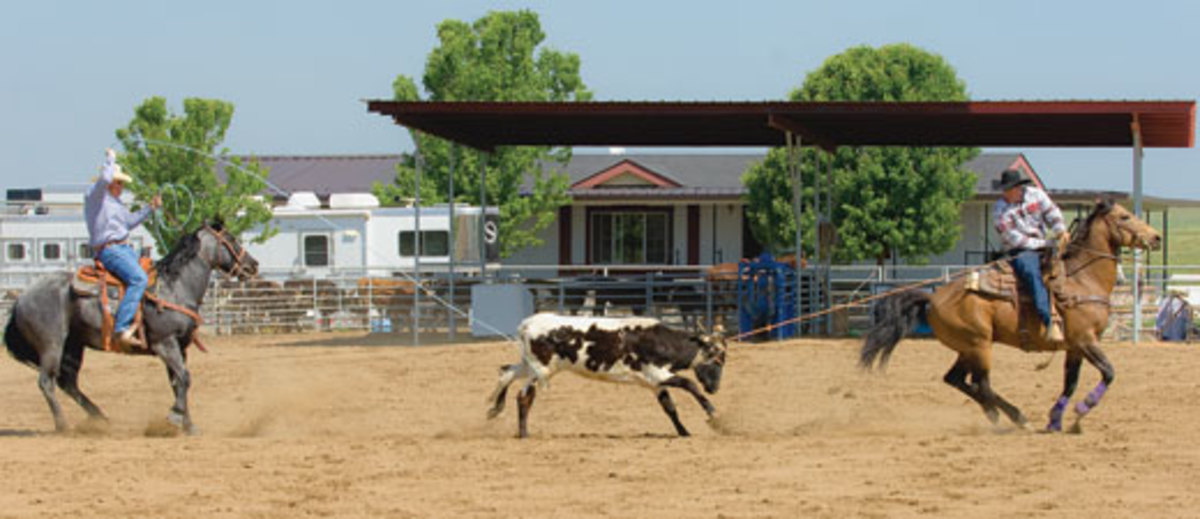
Every now and then, if I feel like when that coil comes out that it’s twisted or has somehow gotten fouled with the second coil in line, I will get away from the horn and abandon my dally because I know there’s a kink in it or that it’s bringing the second coil with it as it’s coming through my hand. That’s what can get me in trouble. I also have to make sure my rope is fairly tight between my right hand and my catch on the steer’s feet. Dallying on a very loose, slack rope can also result in the mistake of dallying underneath the rope that’s going to the feet, which traps my hand in-between (between that part of the rope and the saddle horn).




